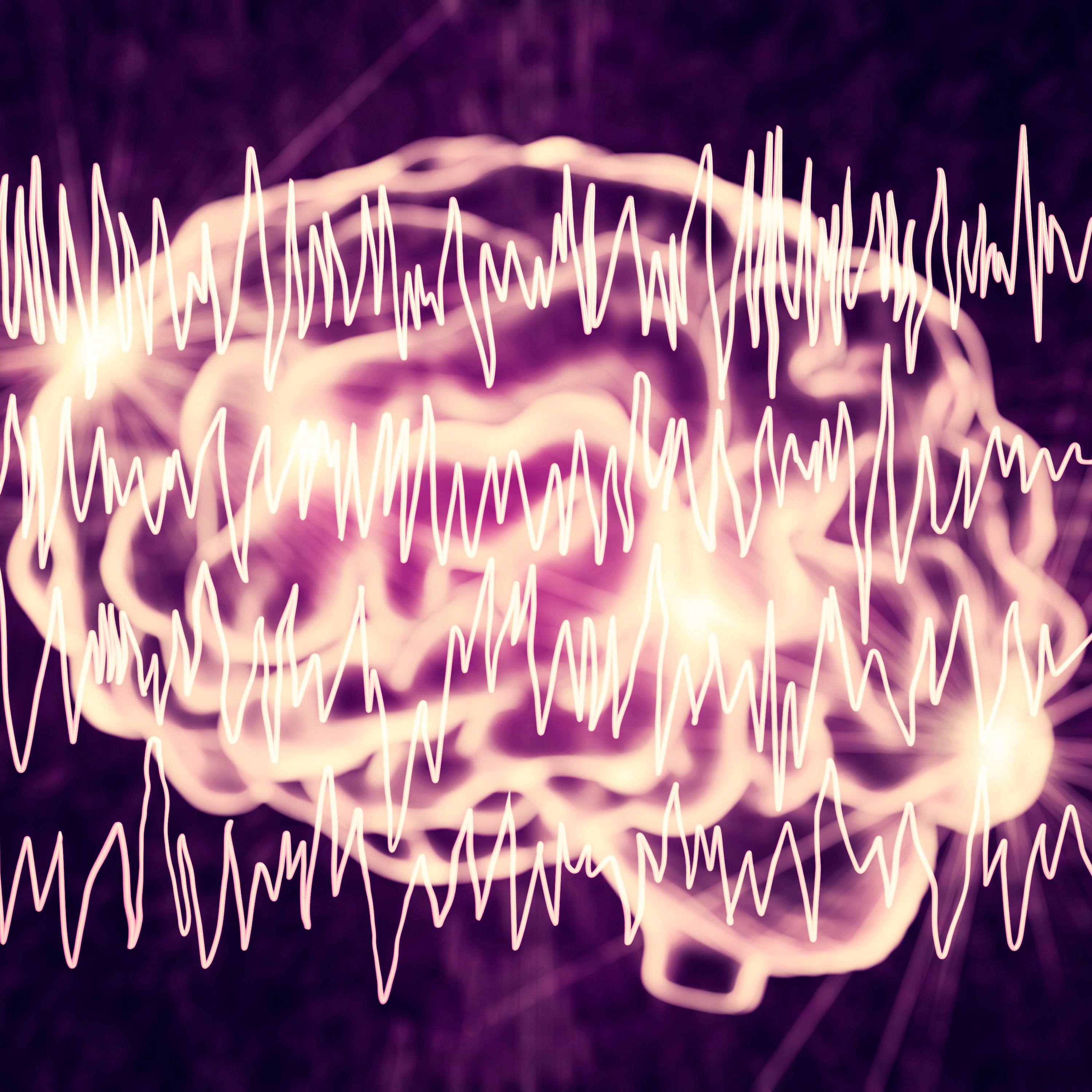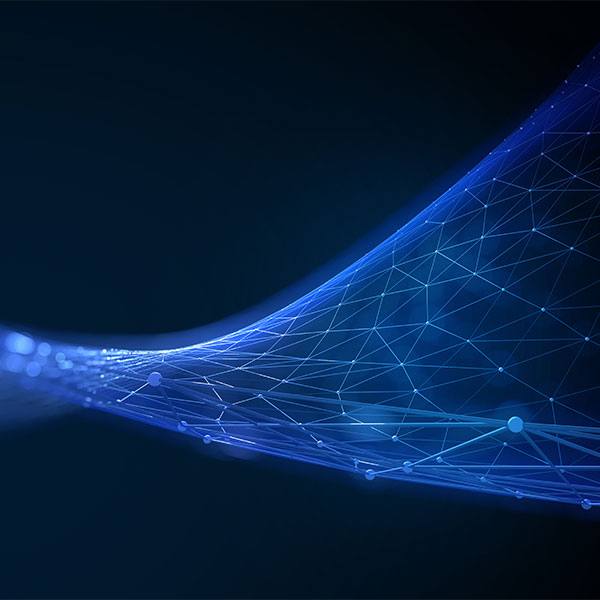-
Science Saturday: Regenerative pipeline for spinal cord repair
Article by Sara Tiner
Mayo Clinic research is learning how stem cell therapy can treat neurodegenerative diseases. Mayo is among the first to study whether stem cell therapy might trigger healing for spinal cord injury.
Research is ongoing in preclinical models, but it also has advanced from discovery science to early clinical trials. It's a complex question, because different forms of stem cells can be derived from different biologics within the body. Mayo Clinic's Center for Regenerative Medicine is driving the research that seeks new ways to restore form and function for patients with debilitating injuries and diseases.
Stem cells for spinal cord injury investigated
In a recent article published in Spinal Cord, Mayo Clinic researchers found that rats with spinal cord injury have improved movement after applying stem cells. The authors hope this preclinical data will support the eventual development of regenerative therapy for spinal cord healing.
"Spinal cord injury affects many patients, and current treatments are often limited and supportive in nature," says Mohamad Bydon, M.D., a Mayo Clinic neurosurgeon and senior author of the paper. "This research is an opportunity to impact a significant disease that causes a great burden to so many patients."
When the spine is injured, the electrical signal it carries from the brain is stopped at the point of injury, and the patient experiences paralysis. Unlike skin or muscle cells, injured cells of the spinal cord, called "neurons," don't repair or replace themselves very quickly or at all, especially as the body ages. To see if the healing process could be jump-started, Dr. Bydon's team examined if the cells that help regenerate other tissues could help in the spine, as well.
Stem cells are a kind of cellular template. In an embryo, these are the cells that can divide into more stem cells or become other tissues in the body. In adults, stem cells are more limited, but they are also less controversial in terms of ethical use. They can be harvested from bone marrow or fat tissue, and then engineered back into a stem cell-like state and called "mesenchymal stem cells." Less invasively, stem cells can be gathered from umbilical cord blood saved after pregnancy. These cells are, as Dr. Bydon and his co-authors write, easier to work with and divide more actively than mesenchymal stem cells collected from bone marrow or fat.

Stem cells are a kind of cellular template. In an embryo, these are the cells that can divide into more cells or become other tissues in the body.
The team, which is led by Dr. Bydon and F.M. Moinuddin, Ph.D., a Mayo Clinic scientist, used rat umbilical cord stem cells to treat six of the 12 rats in the study one week after spinal cord injury. The rats were evaluated for 14 weeks after injury, and the authors found that the procedure resulted in improved motor function, compared to the control rats.
"Umbilical cord-derived mesenchymal stem cells may have a neuroprotective function," says Dr. Bydon, citing better healing in the insulation around the nerve cells, smaller injury size, fewer immune cells flocking to the area and reduced scar formation.
In subsequent work, the team plans to clarify the regenerative properties of mesenchymal stem cells to create a targeted therapy for spinal cord healing.
"At Mayo, we focus on the needs of the patient, and in the case of patients with spinal cord injury, there is a significant area of unmet need," says Dr. Bydon. "We have the opportunity and potential to create new paradigms of treatment."
In addition to Drs. Bydon and Moinuddin, other authors currently at Mayo are Yagiz Yolcu, M.D.; Bingkun Chen, Ph.D.; Mohammed Ali Alvi, M.B.B.S; Anshit Goyal, M.B.B.S; Jarred Nesbitt; and Anthony Windebank, M.D. Funding for this work was provided, in part, by the Sabes Family Foundation. For a complete list of authors, see the paper published in Spinal Cord.

Center for Regenerative Medicine supports stem cell research. Earlier research at Mayo documented stem cell intervention in the lower back offers hope for people with spinal cord injury.
Move toward clinical trials at Mayo Clinic
Earlier research at Mayo Clinic documented that stem cell intervention in the lumbar, or lower back, offers hope for people paralyzed from spinal cord injury. A Mayo Clinic case study found mesenchymal stem cells derived from a patient's own fat injected after standard surgery, and physical and occupational therapy, are safe, and these cells restored bodily function in the first person tested.
Much like early trials in general, Dr. Bydon adds that stem cell trials are going to show variable response rates. Therefore, it's too early to consider stem cell therapies as a treatment or cure for paralysis from spinal cord injury.
Dr. Bydon has advanced his research into stem cell therapy into a phase two clinical trial that is testing the effectiveness of stem cell therapy in treating spinal cord injury. It could be years before there are conclusive results that could be applied to daily clinical care. Dr. Bydon’s research is supported by the Sabes Family Foundation.
Learn more
To read more about Dr. Bydon's work, head over to "Mayo Clinic research is a step toward hope for spinal cord injuries." To read about other spinal cord injury research, read "Preclinical studies examine cholesterol's role in healing after spinal cord injury." For more about Mayo Clinic's commitment to regenerative medicine, read about the Center for Regenerative Medicine.








